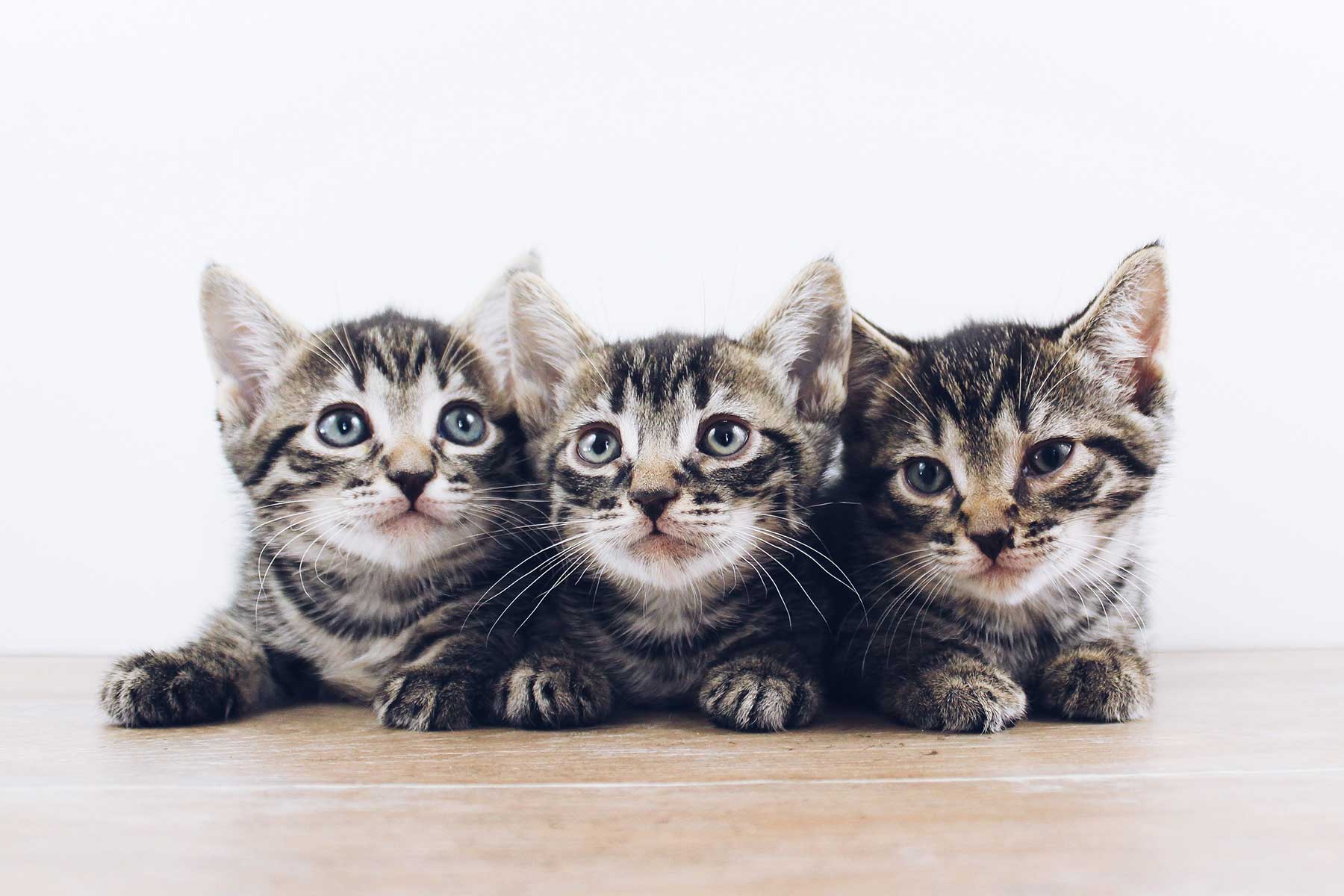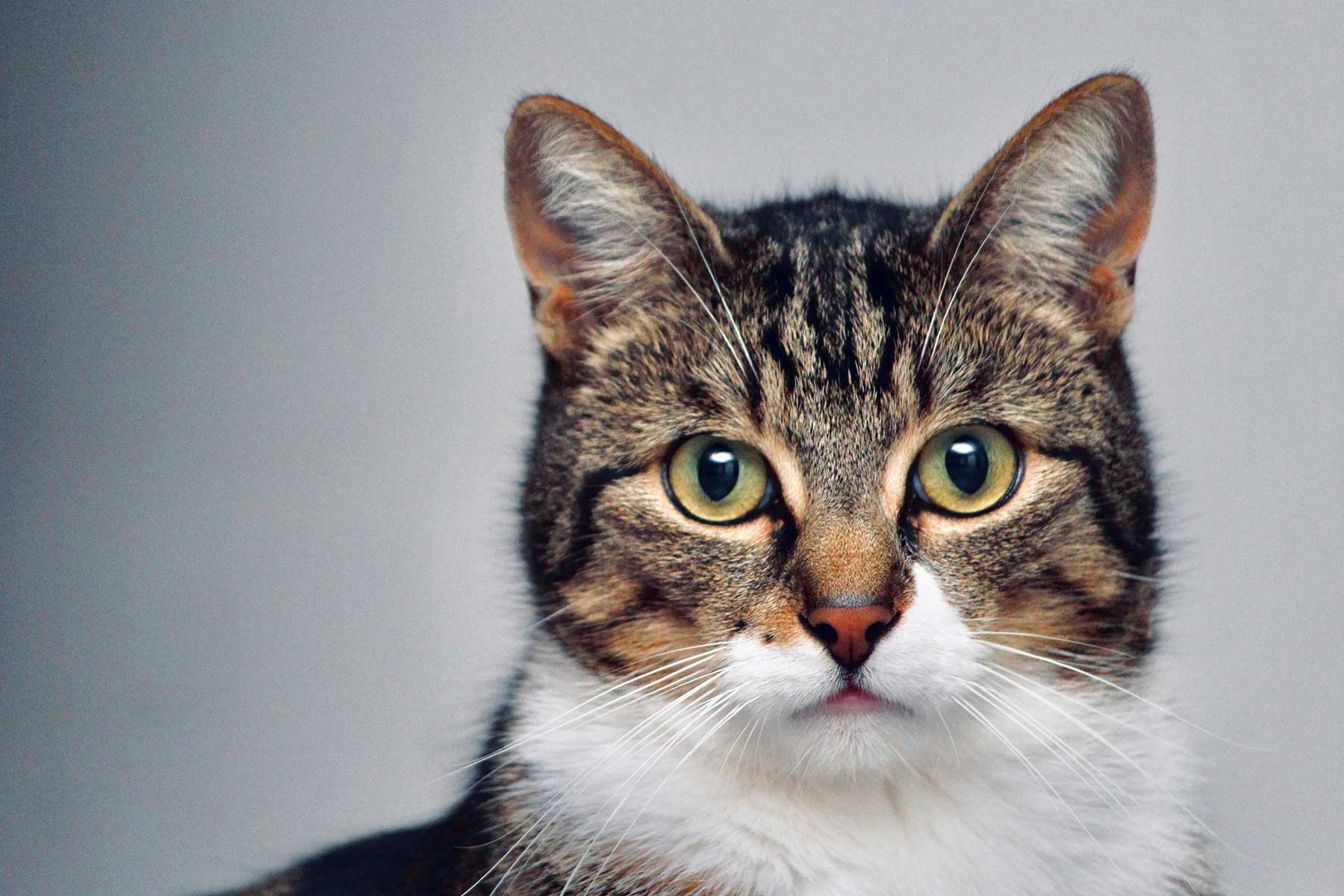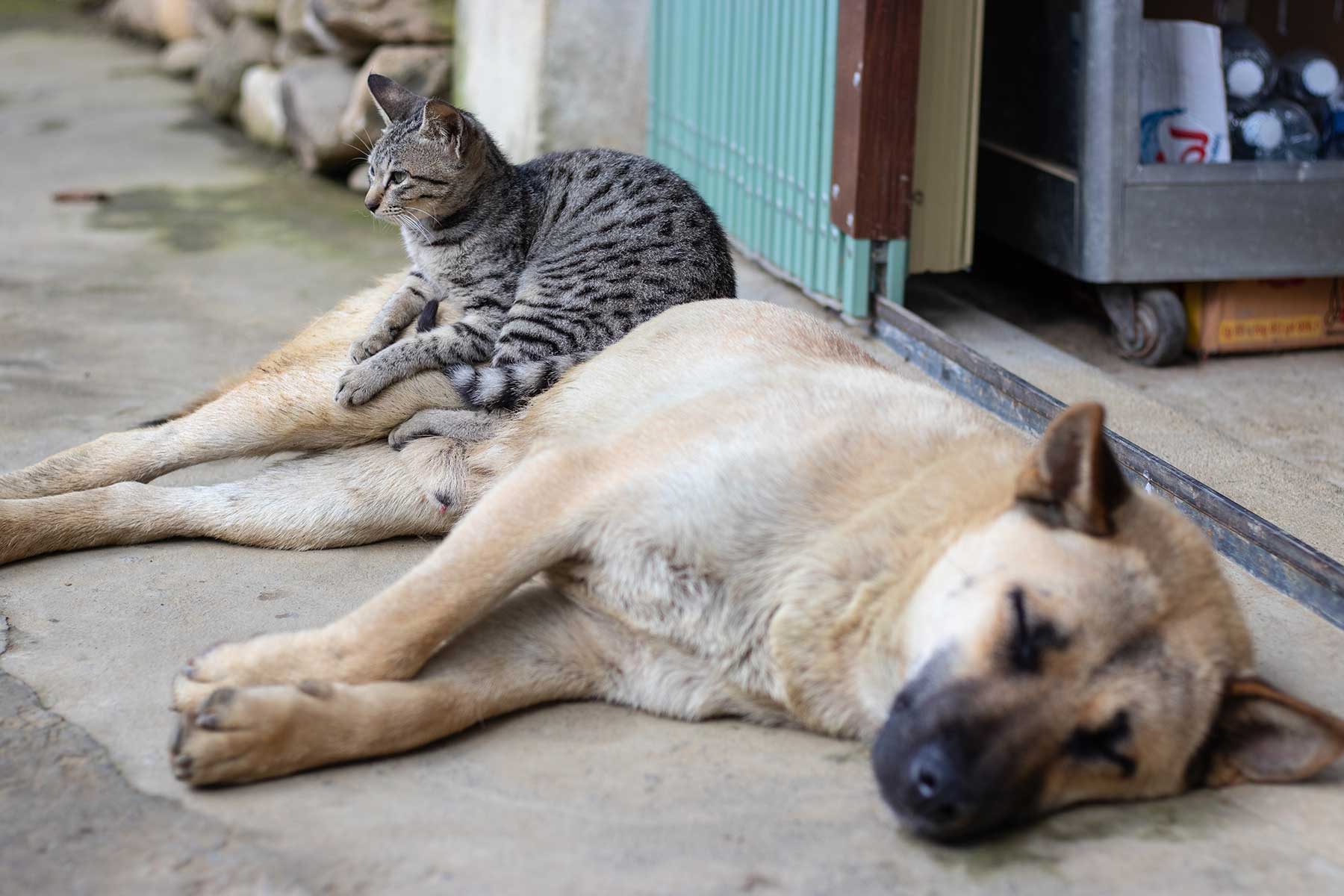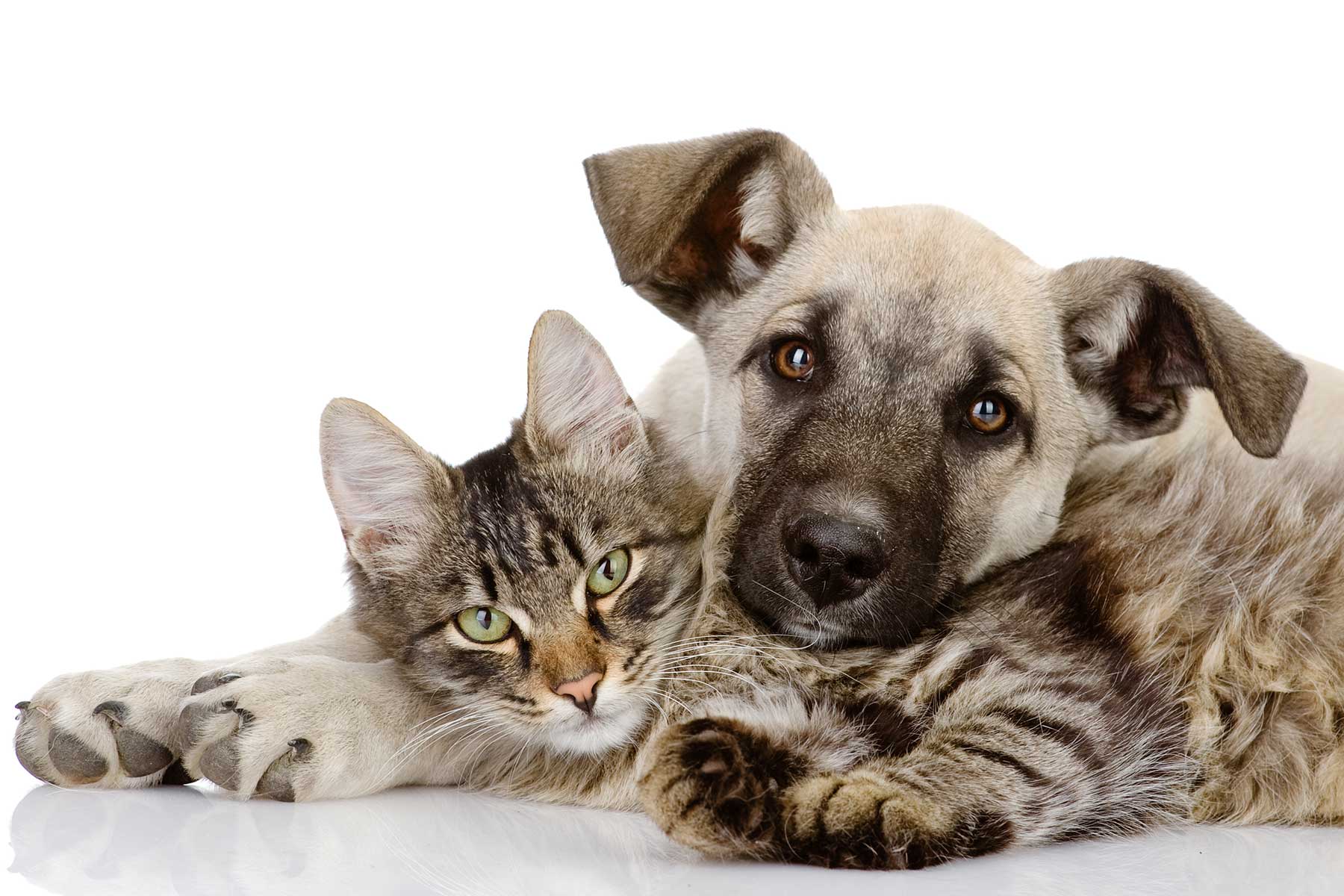While the myth that cats have nine lives was debunked long ago, there remain a number of old wives’ tales that continue to steer many cat owners in the wrong direction.
Myth 1. Cats always land on their feet
Fact: Cats instinctively fall feet-first due to their flexible spine and “superior righting reflex”. However, this is not to say that a cat can’t be injured in a fall.
Myth 2. Milk is good for cats
Fact: While cats love milk and will readily lap up a whole saucer, it is not good for their health. Most cats are lactose intolerant and cannot break down the enzymes in cow’s milk. For a special treat, you can give your cat lactose-free milk occasionally.
Myth 3. Pregnant women should not own cats
Fact: It is true that some cats (especially those who actively hunt) carry a disease called toxoplasmosis, which can harm an unborn baby. Pregnant women can catch the disease from a variety of sources, including through accidentally swallowing the parasite through contact with cat faeces. However pregnant women can still own cats; they just need to be vigilant about washing their hands after close contact and avoid handling kitty litter.
Myth 4. Garlic keeps worms and fleas at bay
Fact: There is no scientific evidence that garlic prevents worms or fleas. In fact, garlic can actually cause anaemia in cats.
Myth 5. Cats eat grass when they’re sick
Fact: Grass is a natural laxative for cats, as it contains enzymes that cats cannot break down. Eating grass in small amounts is a safe and natural way for cats to regurgitate unwanted bones, feathers and furballs in their digestive tracts.
Myth 6. Butter on the paws keeps kitty from getting lost
Fact: If you are moving house, rubbing butter on your cat’s paws will do nothing more than provide a brief distraction. The best strategy is to keep your cat in a purpose-built enclosure for a couple of weeks so he or she can have a “territory”. When you do let your cat outside, make sure he or she is microchipped with collar identintification.
Myth 7. Cats can eat dog food
Fact: A regular diet of dog food can be extremely dangerous for your cat as it does not contain essential nutrients that your cat needs, such as taurine and arachidonic acid. Taurine deficiency can lead to blindness and arachidonic acid can lead to dry, scaly skin. If your cat has a habit of eating the dog’s food, try to feed your cat and dog in separate areas at the same time and remove any leftovers.
Myth 8. Cats must be six months old to be desexed
Fact: With modern anaesthetics, most cats can now be safely desexed from eight weeks. Check with your veterinarian about the best time to do this.
Myth 9. A cat with a bell will not catch birds
Fact: Cats are clever animals and learn quickly how to move so the bell doesn’t ring. Some research suggests cats with bells are actually better at catching prey as they learn to move with more stealth. The best thing you can do to prevent your cat catching birds is to keep him or her in after dark.
Myth 10. Cats don’t need companionship
Fact: This is entirely dependent on the individual cat. Some cats are more independent than others but generally all cats need some companionship. If you lead a busy lifestyle and spend long hours working it is advisable you have two cats, so they can keep each other company while you are out.











